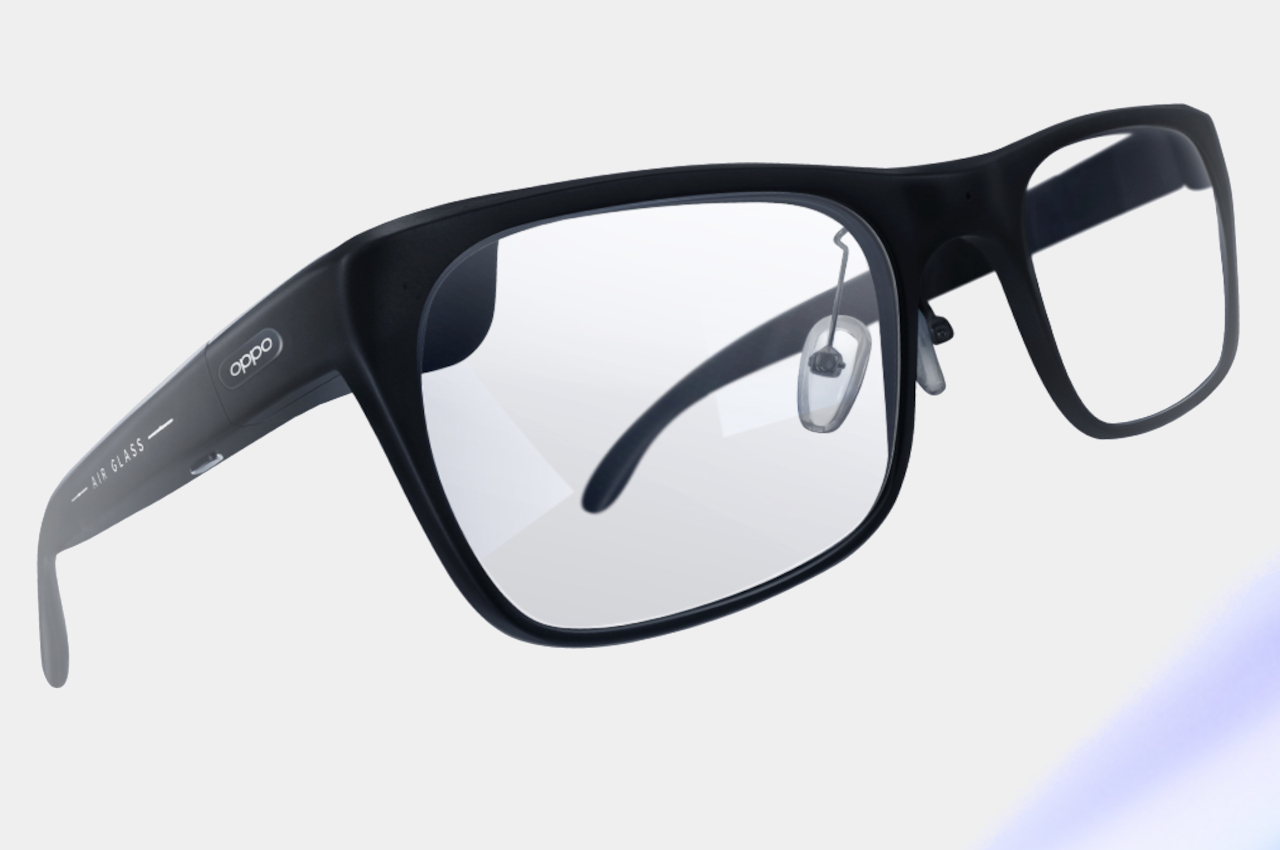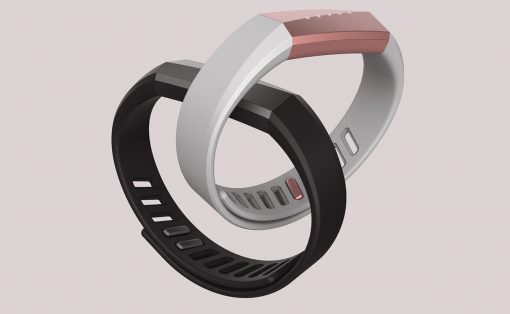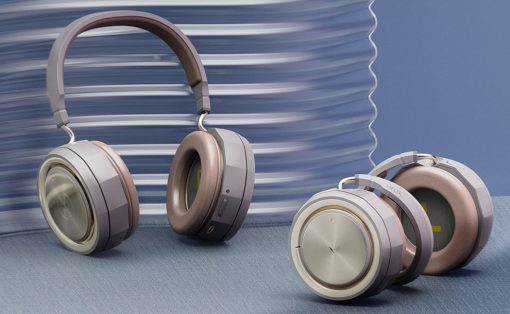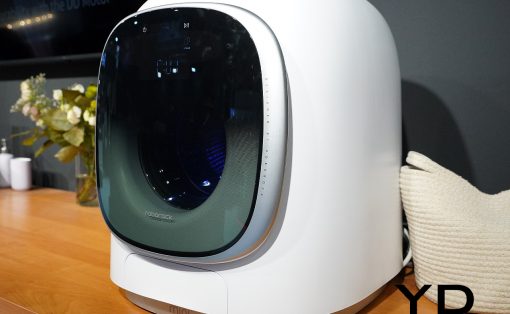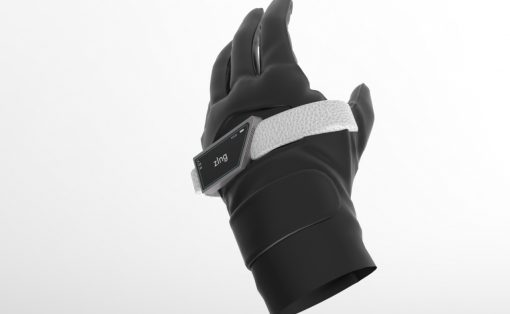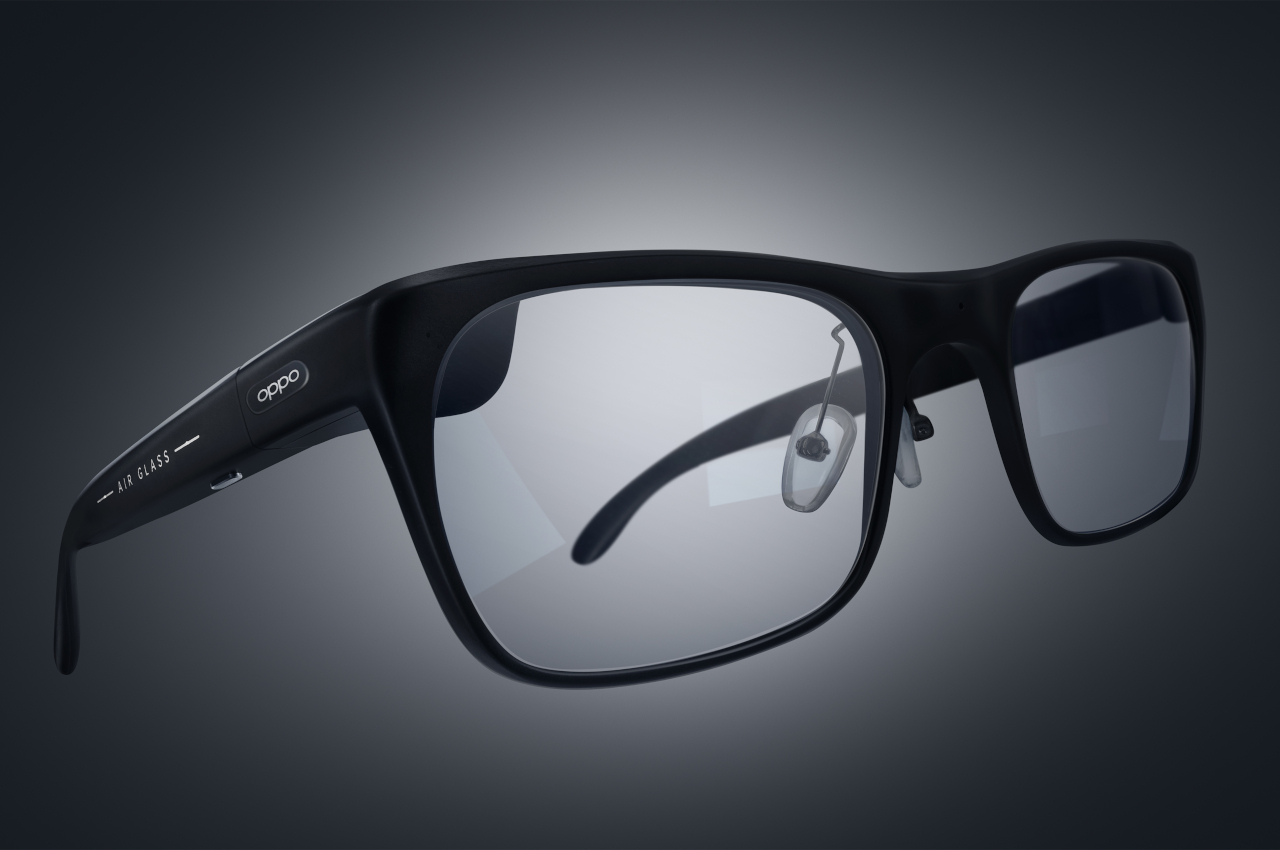
Smart glasses, in contrast to AR headsets and visors, aim for a design that ideally should be indistinguishable from regular glasses. With today’s technologies and knowledge, however, that’s not easily possible, especially when you need to add powerful computing hardware to sophisticated optics. That’s especially the case when you need to offer some kind of smart assistant functionality, especially voice and speech recognition. In the past, you had to settle for rough translations and sometimes misinterpretations; comical but frustrating nonetheless. That definitely sounds like a job for AI, and that’s exactly what OPPO is bringing to the table, or rather to your eyes, with the newest iteration of its lightweight and discreet “assisted Reality” glasses that take a focused approach to wearables.
Designer: OPPO
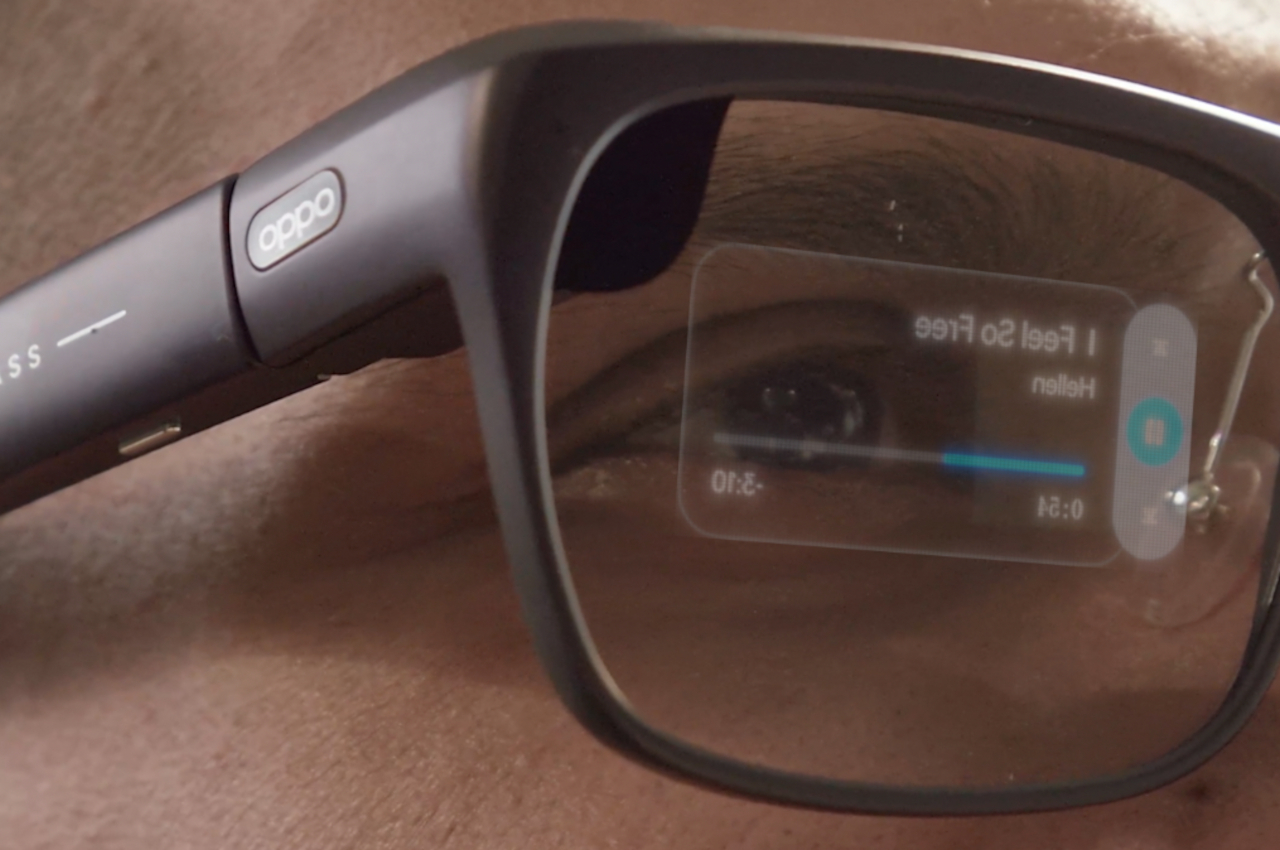
AI is still the hot thing in tech today, in spite of and despite the bad publicity that misuse of the tool brings. Today’s AIs happen to be great at processing human language, both written and spoken, and they can now run the device itself with very little power, making them perfect for very small devices, including smart glasses. In its third iteration, the OPPO Air Glass 3 prototype harnesses the power of AI, specifically its own self-trained language model AndesGPT, to deliver a more natural way to talk to your glasses and get your job done.
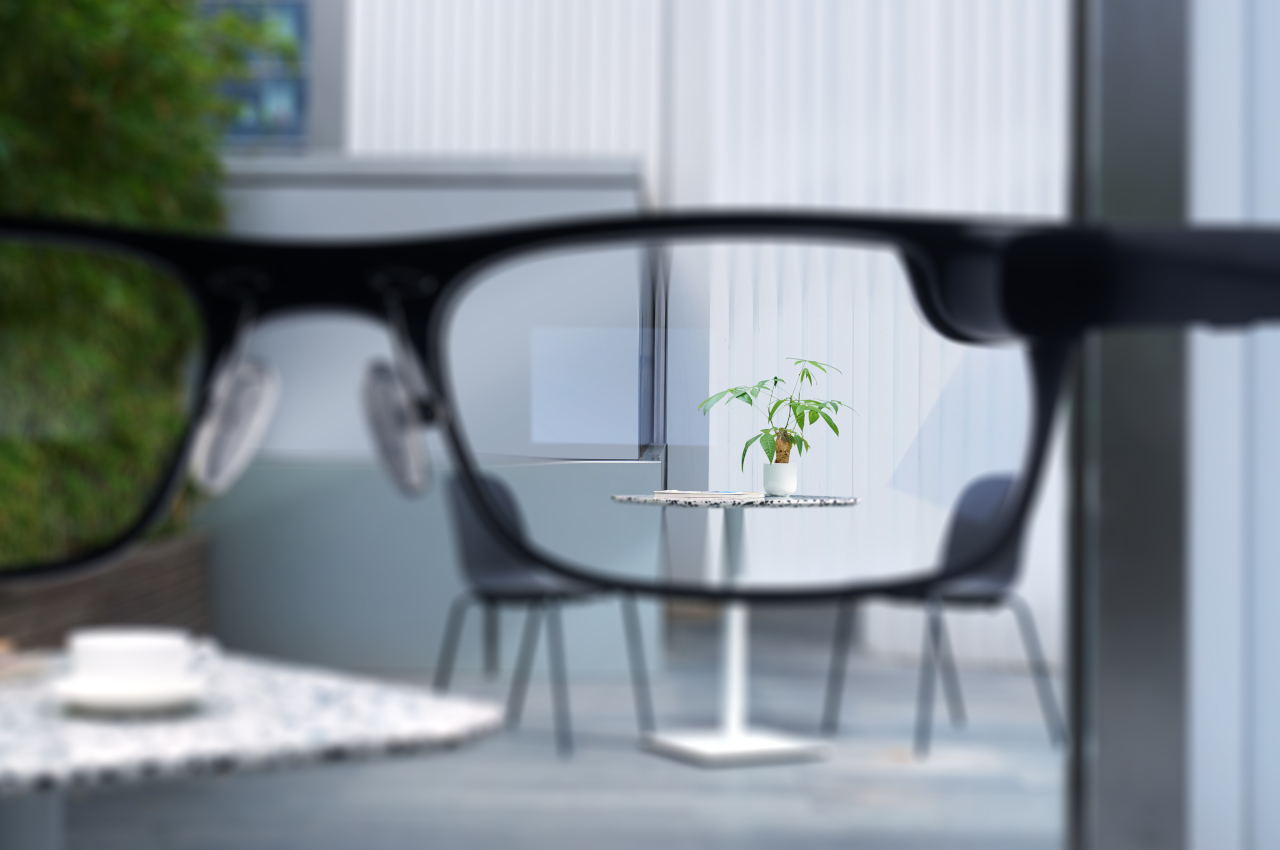
AI might be the technical highlight of the new OPPO Air Glass 3, but its winning feature is going to be its design. OPPO is laying claim to the title of the world’s lightest binocular full-color glasses, and at 50g only, the claim does have merit. It looks just like regular spectacles with very thick frames, but nothing like those complicated and heavy mixed reality glasses. Despite that lightweight design, the Air Glass 3 still boasts a bright 1,000 nits display delivered by a tiny Spark micro projector, ensuring you can clearly see the virtual information even in bright environments. And with an ultra-thin waveguide, you don’t get the rainbow-like patterns that are often seen on optical see-through displays like these.
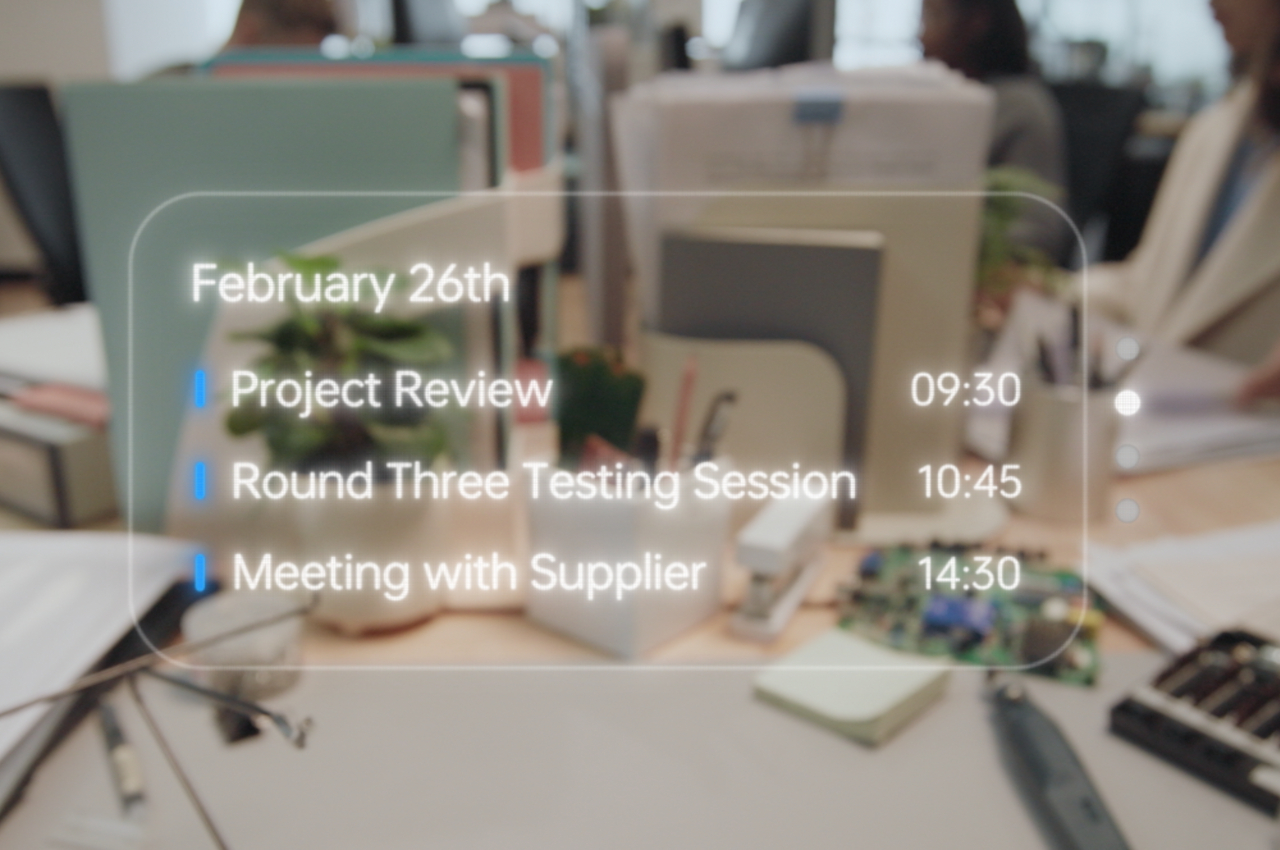
The OPPO Air Glass 3 manages to offer this more comfortable design thanks to its more focused functions. Rather than trying to cast its net wide with augmented reality, OPPO is instead focusing on “assisted reality” that emphasizes productivity over entertainment. You’ll still be able to see images if you want and control music playback, but the information that’s displayed in front of your eyes is limited to things like navigation, timers, translations, or even a teleprompter. In other words, it’s a sleek way to have all the important information you need right in front of you instead of having to fish out your phone from your pocket and get distracted in the process.
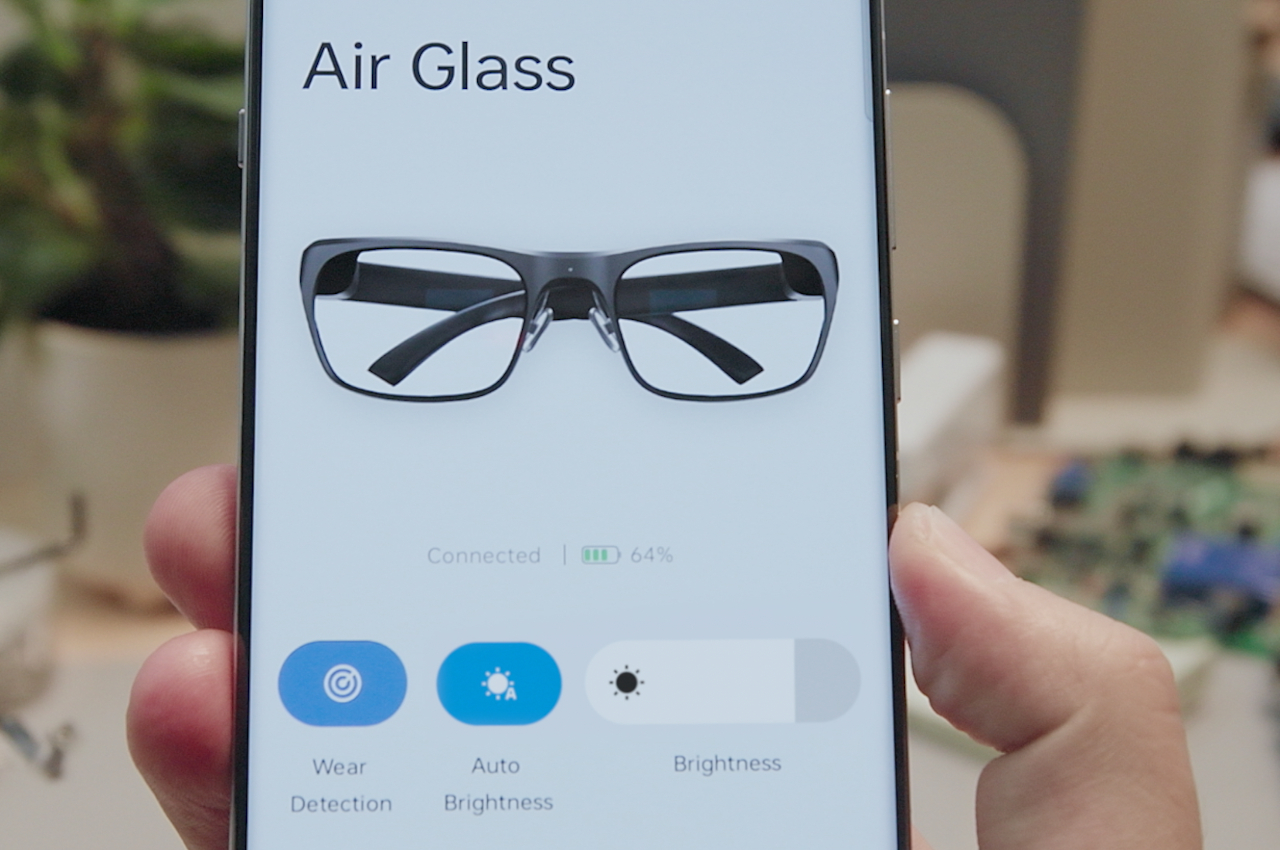
Of course, that means it will need to connect to an external device, particularly your OPPO smartphone. The Air Glass mobile app provides that connection you need with OPPO’s AndesGPT to ensure you’re getting the best performance possible without weighing your head down. OPPO is also laying the groundwork for more AI-enhanced features and experiences by investing heavily in its own AI center in the hopes of empowering all its products, especially its smartphones, with these features.
